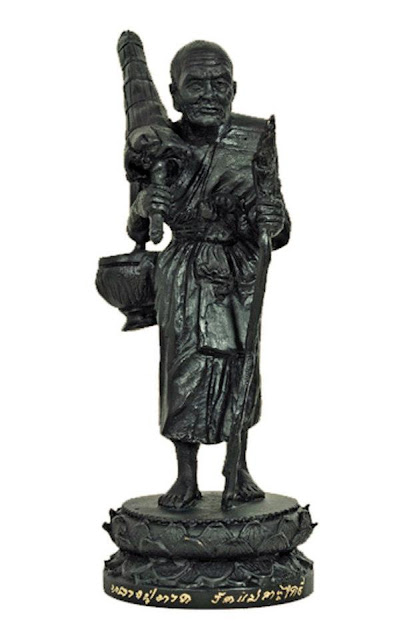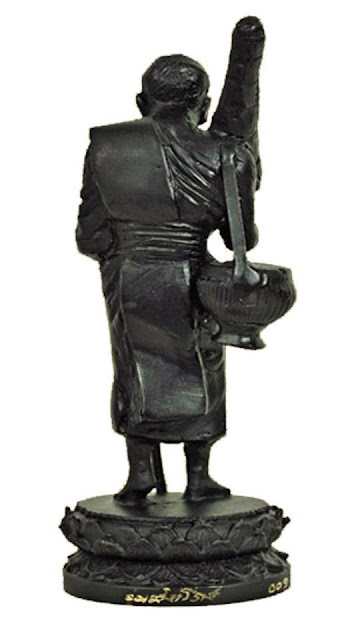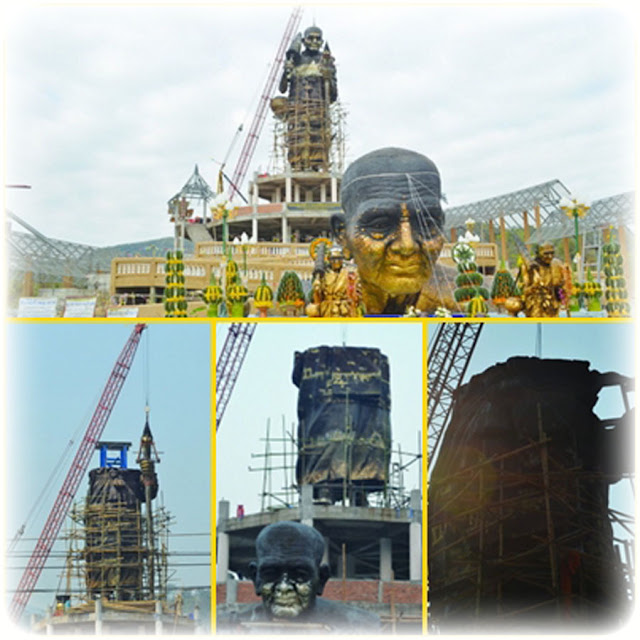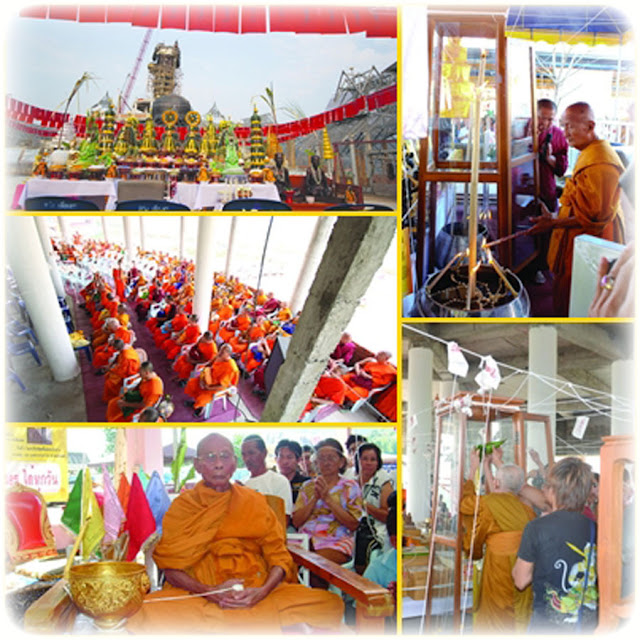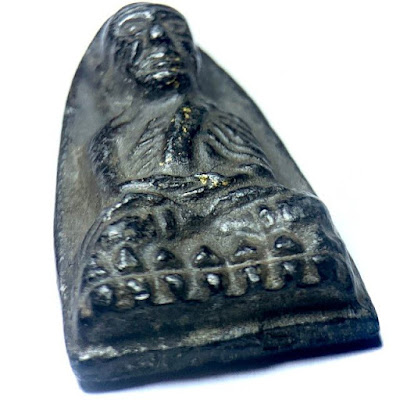Luang Phor Li, a revered Thai monk and master artisan of sacred temple charms and amulets, was born in 1906 (Buddhist calendar 2449) in Thailand. As the eldest of ten children, he faced numerous challenges from a young age, particularly after his mother's passing when he was just 11 years old. Despite these obstacles, Luang Phor Li demonstrated remarkable resilience and determination, beginning his monastic education at the age of 12 and becoming a monk at the tender age of 20.
With only 190 Thai baht, a significant amount of money at the time, Luang Phor Li selflessly donated the entire sum to the temple, marking the beginning of his monastic life. Under the wise guidance of his mentor, Luang Phor Mun, a renowned Thai monk and spiritual leader, Luang Phor Li studied various spiritual disciplines and learned unique and secret methods to connect with the divine. These teachings would later become the foundation of his revered amulets, bringing countless blessings and protection to his followers.
Luang Phor Li's amulets quickly gained popularity in Thailand and beyond, with devotees seeking his blessings and protection in all aspects of life. His amulets were believed to bring luck, prosperity, and protection from harm, and his talent and dedication to his craft earned him international recognition. His amulets were highly sought after in Thailand's prestigious amulet competitions, a testament to his exceptional skill and spiritual power.
Despite his remarkable success, Luang Phor Li remained humble and dedicated to his spiritual practice. He passed away in 1959 at the age of 55, leaving behind a legacy of spiritual guidance and blessings for his followers.
His amulets continue to be highly valued and sought after to this day, and his story serves as a powerful reminder of the importance of following one's heart and passion, as well as the transformative power of spiritual practice.

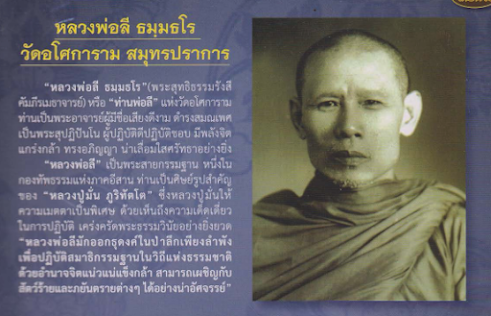






.png)


.JPG)
